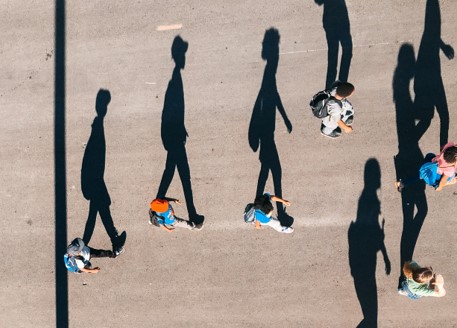More than half of the population residing in Germany lives in rural areas. Who are these people and how do they live? How do social, economic and demographic changes affect their living conditions and how do they shape them?
Rural areas are diverse. They differ, among other things, in terms of the composition of the population, the lived cultural traditions and forms of relationships, and the economic conditions. What all rural regions have in common is that they are confronted with far-reaching changes and challenges, including an increasingly ageing population, the loss of importance of agricultural production, effects of international refugee and migration movements as well as other global, national and regional developments.
In this Field of Activity we address the following key questions:
- Which social groups can be distinguished in rural areas, how do social inequalities manifest themselves under the specific contextual conditions of rural areas and what opportunities are there to participate in social life?
- How do people shape social coexistence, especially through their involvement in networks and the use of their resources?
- How do they perceive their living environment, how satisfied are they with their situation and how do they evaluate political decisions?
In addition, we always keep in mind which factors lead to the social and spatial disadvantage of certain regions and how such peripheralisation can be counteracted.

![[Translate to English:] [Translate to English:]](/media/_processed_/2/0/csm_LV_Bei_Hornburg_Quelle_Johanna_Fick_neu_da89674833.jpg)
![[Translate to English:] [Translate to English:]](/media/_processed_/2/0/csm_LV_Bei_Hornburg_Quelle_Johanna_Fick_neu_3aae309567.jpg)






